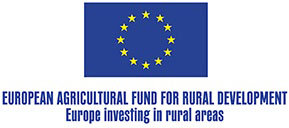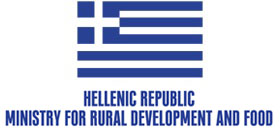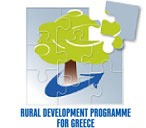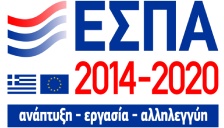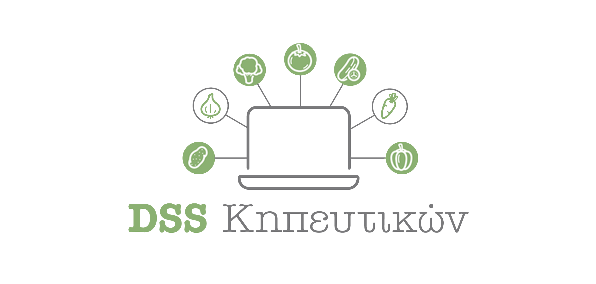Nutrisense, a smart software that increases production and reduces the use of fertiliser in greenhouses
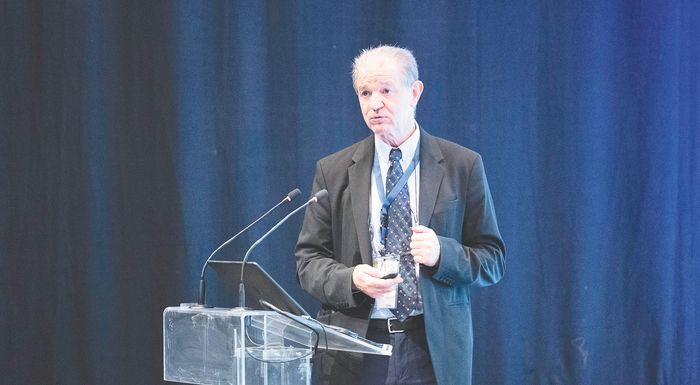
Dimitris Savvas and his research team have created software that contributes to the accurate calculation of vegetable crop fertilisation. Mr Savvas has served at the Agricultural University of Athens since June 2006, initially as assistant professor, then as an associate professor since 2011, and as a professor since 2015. In fact, since 2016 he has been the director of the Laboratory of Vegetable Production of AUA, through which he prepared the Nutrisense Decision Support System, and, as he stated to ‘YC’, he aspires to utilise the funding from Measure 16 ‘Collaboration’ for its further development and implementation in soil crops, besides hydroponics.
What exactly is the scope of the programme?
The ‘Cooperation’ Measure is aimed at supporting research teams to effectively implement research results that exist in laboratories. We submitted a proposal that aimed at implementing a piece of software that enables precise calculation of vegetable crop fertilisation. Various data are taken into account, the main and most important being soil analysis, and then we tailor fertilisation based on the needs of each grower. This software is called Nutrisense, it was developed by the Laboratory of Vegetable Production, and it aims at taking greenhouse fertiliser application into the digital age.
How exactly does the software work?
Plant needs are accurately calculated, and, based on these calculations, we apply fertiliser to get good results in terms of yield and product quality. The quantity and quality of production are affected by fertilisation. At the same time, the environment is protected. Fertiliser residues cause significant environmental harm, especially to groundwater and surface water, causing eutrophication. When the micro-organisms find an abundance of nutrients, they grow excessively, causing the phenomenon of eutrophication.
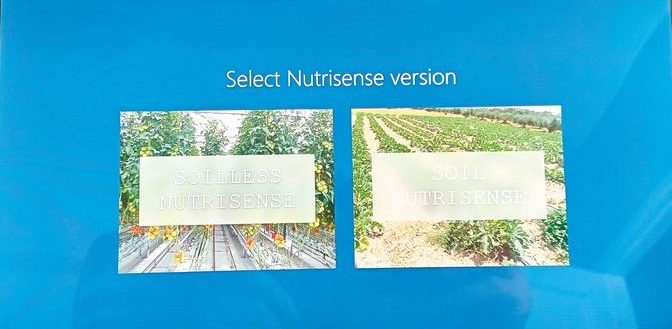
The home page of the Nutrisense Interactive Support System online platform, through which users choose whether to use Soilless Nutrisense or Soil Nutrisense.
We designed this software to meet the particular needs of the Agricultural Cooperative of Psari, which is located in the area of Psari Forada, Heraklion, Crete. It is an innovative cooperative that mainly exports cucumbers it grows in greenhouses during winter. The cooperative’s producers utilise the very mild weather conditions of southern Crete, which are excellent for winter growing in the greenhouse. So, we decided to strengthen this cooperative through our own research, in order to further improve it.
Can you explain how it is implemented?
As a first step we ran pilot applications with two producers during a growing season from October to April, to see the results. They need to carry out soil analysis at a soil laboratory, and with this data, once they enter it into the programme, they get a result/prescription of what’s needed: Which fertilisers, in what quantities, and when; in other words, a full consultation framework for fertilising their crops.

What were the results of the pilot project?
One crop was soil-based and the other was substrate-based hydroponics. Currently there are few producers practising hydroponic cultivation, but that is the direction we will go in. All greenhouse vegetables and fruiting plants (e.g. tomatoes, cucumbers, aubergines, peppers, and courgettes) are best cultivated using hydroponic systems. We used the software to consult on both forms of cultivation. We had to make adjustments, because the data were quite different.
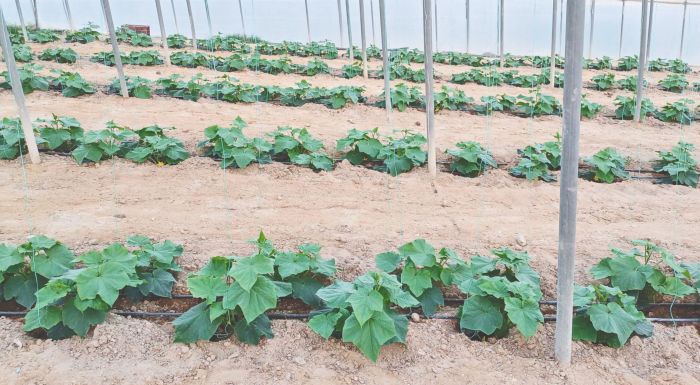
And what did they indicate?
As regards hydroponics, the producer had a similar yield to the previous year, but he made significant savings in fertilisers. In the soil crop, the producer made significant savings in fertiliser and recorded an increase in yield compared to previous years. We also take samples of the soil and plant tissues, and evaluate the impact of the application on the environment. This enables us to take other parameters into account and to further improve the software. The new growing season will begin in October. All producers of the cooperative, approximately 200 people, will have access to the software.
How did the idea start?
We have developed fertigation support in a non-soil cultivation and, in fact, in a closed system. This means that the environment is fully protected, because any run-off is collected and recycled, so nothing escapes, and savings of up to 40%-50% are made. Savings are not just made in fertiliser, but also in water, which is a very important factor, especially for Eastern Crete. So, as there was interest from many producers, because dissemination actions have been taken and they learned about it, a number of people asked that we adapt the software for soil cultivation as well. So, we implemented it through Measure 16.
Our operational team in Measure 16 consists of three partners: The Laboratory of Vegetable Production, which undertakes the scientific supervision of the project, GAIA EPICHEIREIN, which has extensive experience in European and national programmes, and is coordinating the project, and the Agricultural Cooperative of Psari, according to the needs of which, as analysed, the software was specialised.
Main photo: Dimitris Savvas, Director of the Laboratory of Vegetable Production, Agricultural University of Athens, Faculty of Crop Science
